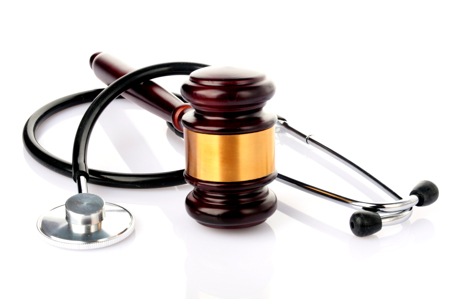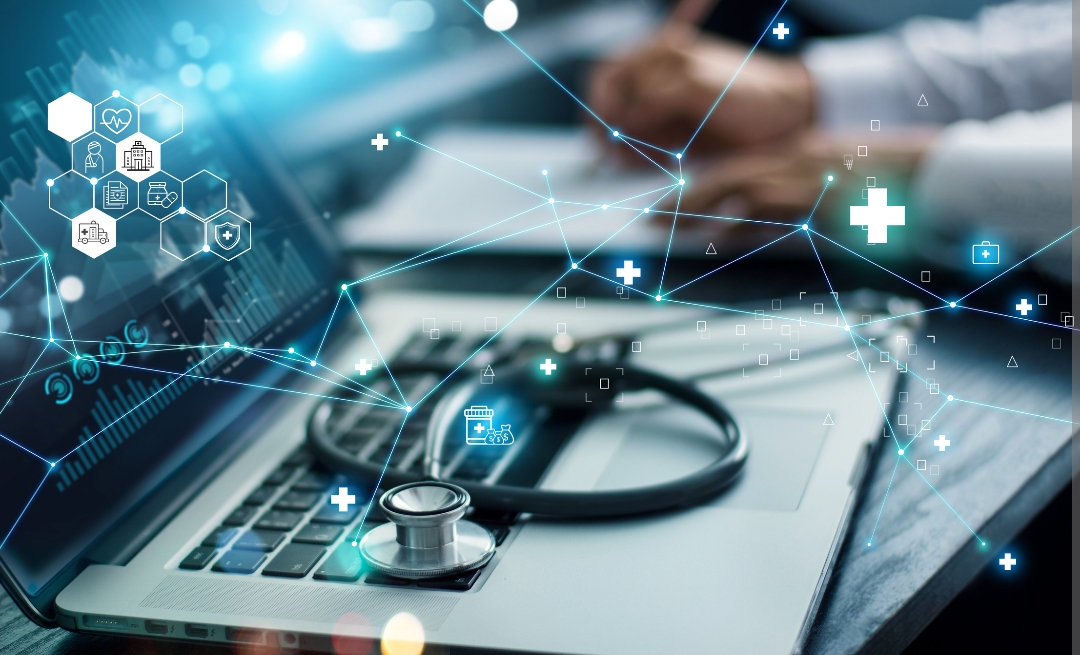



Product Registration & Import License
Pharma companies are required to complete Product registrations and obtain import license to launch a pharmaceutical prodct in a new market. This regulatory processs ensures that the product meets the regulatory standards of the country in question and is safe and effective for use by patients. Agencies require sponsors to submit detailed information about the product, including its composition, manufacturing process, and clinical data, to the regulatory authority for review. Once the product has been approved, it is listed on a national registry, and the manufacturer is granted permission to market and sell the product within the country.

Import license is a formal permission granted by a regulatory authority that allows a company to bring a pharmaceutical product into a country from another country. The import license is typically obtained in parallel with the product registration process, and the requirements for obtaining an import license can vary among different countries.
Both product registration and import license are important steps in the process of bringing a pharmaceutical product to market, as they The process of obtaining product registration and an import license can be complex and time-consuming, and companies may need to engage the services of regulatory consultants to ensure a successful outcome.

Our Product Registration & Import License Services
The requirements for obtaining a pharmaceutical import license can vary from country to country, and may depend on a variety of factors such as the type of product being imported, the intended use, and the destination country. We have the expertise to support your Regulatory team in successfully completing drugs and devices product registrations and obtaining import licenses in the following countries:
In the United States, the process for obtaining a medical product import license depends on the specific type of product being imported. The U.S. Food and Drug Administration (FDA) regulates the importation of medical products and has different requirements for drugs, medical devices, and biological products.
Here is an overview of the general process for obtaining an import license for medical products in the United States:
-
-
Determine if the product requires FDA approval. Many medical products, such as drugs and medical devices, require FDA approval before they can be imported into the United States. The FDA has a database called the Product Code Builder that can help importers determine if a product requires FDA approval.
-
Identify the correct FDA regulatory pathway. Depending on the product, there may be different regulatory pathways for obtaining FDA approval. For example, drugs typically require approval through the New Drug Application (NDA) process, while medical devices typically require clearance through the 510(k) or Premarket Approval (PMA) processes.
-
Submit the appropriate application to the FDA. The FDA requires that importers submit an application for approval before a medical product can be imported into the United States. The specific application required will depend on the regulatory pathway identified in step 2. Importers must provide information about the product, including its intended use, manufacturing processes, and clinical data (if applicable).
-
Comply with FDA regulations. Importers must comply with all relevant FDA regulations related to product labeling, storage, and distribution. They must also have a designated U.S. agent who can act as a point of contact with the FDA.
-
Obtain an import license. Once the product is approved by the FDA, the importer can apply for an import license from the U.S. Customs and Border Protection (CBP). The importer must provide documentation from the FDA that the product has been approved and meets all relevant regulations.
-
It is important to note that the process for obtaining a medical product import license in the United States can be complex and may require the assistance of an experienced regulatory expert. Importers must comply with all relevant FDA regulations and provide extensive documentation to demonstrate the safety and efficacy of the product.
In the European Union (EU), pharmaceutical imports must comply with the requirements of the Falsified Medicines Directive (FMD) and must be accompanied by a unique product identifier (UPI) and an anti-tampering device (ATD). Importers must also be registered with the relevant regulatory authorities in the country where the product will be distributed.
In India, the import of medical products is regulated by the Central Drugs Standard Control Organization (CDSCO) under the Ministry of Health and Family Welfare. The process for obtaining a medical product import license in India typically involves the following steps:
-
Obtain an Import Export Code (IEC) from the Directorate General of Foreign Trade (DGFT). The IEC is a unique code required for any business that imports or exports goods to or from India.
-
Obtain a registration certificate from the CDSCO. The registration certificate is required for all medical devices and certain pharmaceutical products.
-
Obtain a no-objection certificate (NOC) from the Drugs Controller General of India (DCGI) for the specific medical product that you want to import.
-
Prepare and submit an application for an import license to the CDSCO. The application must include details about the importer, the product being imported, and the intended use of the product.
-
The CDSCO will review the application and issue an import license if all requirements are met. The license will include details such as the product name, quantity, and batch number.
-
After the import license is obtained, the product can be imported into India. The importer must comply with all relevant regulations related to product labeling, storage, and distribution.
It is important to note that the process for obtaining a medical product import license in India can be complex and time-consuming. Importers may need to provide evidence of the product’s safety, quality, and efficacy, and may need to comply with additional regulations related to clinical trials, labeling requirements, and distribution channels.
In Canada, the process for obtaining a medical product import license depends on the specific type of product being imported. The regulatory agency that governs medical products in Canada is Health Canada.
Here is an overview of the general process for obtaining an import license for medical products in Canada:
-
-
Determine if the product requires Health Canada approval. Many medical products, such as drugs and medical devices, require Health Canada approval before they can be imported into Canada. The Health Canada website has information on which products require approval.
-
Identify the correct Health Canada regulatory pathway. Depending on the product, there may be different regulatory pathways for obtaining Health Canada approval. For example, drugs typically require approval through the New Drug Submission (NDS) or Abbreviated New Drug Submission (ANDS) process, while medical devices typically require clearance through the Medical Device Licence Application process.
-
Submit the appropriate application to Health Canada. Importers must submit an application for approval before a medical product can be imported into Canada. The specific application required will depend on the regulatory pathway identified in step 2. Importers must provide information about the product, including its intended use, manufacturing processes, and clinical data (if applicable).
-
Comply with Health Canada regulations. Importers must comply with all relevant Health Canada regulations related to product labeling, storage, and distribution. They must also have a designated Canadian importer who can act as a point of contact with Health Canada.
-
Obtain an import license. Once the product is approved by Health Canada, the importer can apply for an import license from the Canada Border Services Agency (CBSA). The importer must provide documentation from Health Canada that the product has been approved and meets all relevant regulations.
-
It is important to note that the process for obtaining a medical product import license in Canada can be complex and may require the assistance of an experienced regulatory expert. Importers must comply with all relevant Health Canada regulations and provide extensive documentation to demonstrate the safety and efficacy of the product.
In Japan, the process for obtaining a medical product import license depends on the specific type of product being imported. The regulatory agency that governs medical products in Japan is the Pharmaceuticals and Medical Devices Agency (PMDA).
Here is an overview of the general process for obtaining an import license for medical products in Japan:
-
Determine if the product requires PMDA approval. Many medical products, such as drugs and medical devices, require PMDA approval before they can be imported into Japan. The PMDA website has information on which products require approval.
-
Identify the correct PMDA regulatory pathway. Depending on the product, there may be different regulatory pathways for obtaining PMDA approval. For example, drugs typically require approval through the New Drug Application (NDA) or Generic Drug Application (GDA) process, while medical devices typically require certification through the Conformity Assessment process.
-
Submit the appropriate application to the PMDA. Importers must submit an application for approval before a medical product can be imported into Japan. The specific application required will depend on the regulatory pathway identified in step 2. Importers must provide information about the product, including its intended use, manufacturing processes, and clinical data (if applicable).
-
Comply with PMDA regulations. Importers must comply with all relevant PMDA regulations related to product labeling, storage, and distribution. They must also have a designated Japanese importer who can act as a point of contact with the PMDA.
-
Obtain an import license. Once the product is approved by the PMDA, the importer can apply for an import license from the Japanese Ministry of Health, Labour and Welfare (MHLW). The importer must provide documentation from the PMDA that the product has been approved and meets all relevant regulations.
It is important to note that the process for obtaining a medical product import license in Japan can be complex and may require the assistance of an experienced regulatory expert. Importers must comply with all relevant PMDA regulations and provide extensive documentation to demonstrate the safety and efficacy of the product.
In China, the importation of pharmaceuticals is regulated by the China National Medical Products Administration (NMPA). Importers must obtain a pharmaceutical import license and must comply with the Drug Administration Law and the Good Supply Practice for Pharmaceutical Products. The importer must also provide evidence of the product’s safety, quality, and efficacy.



